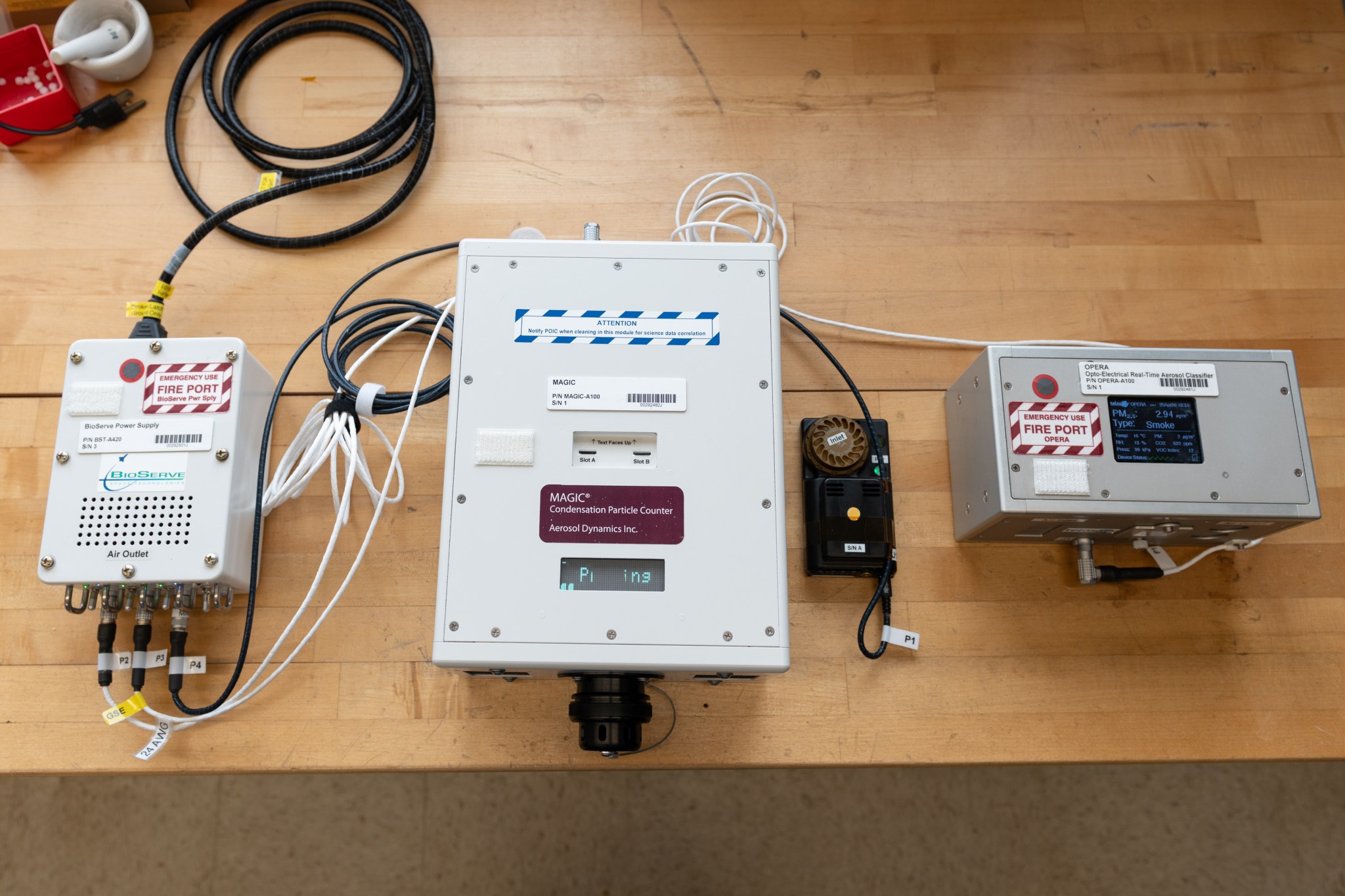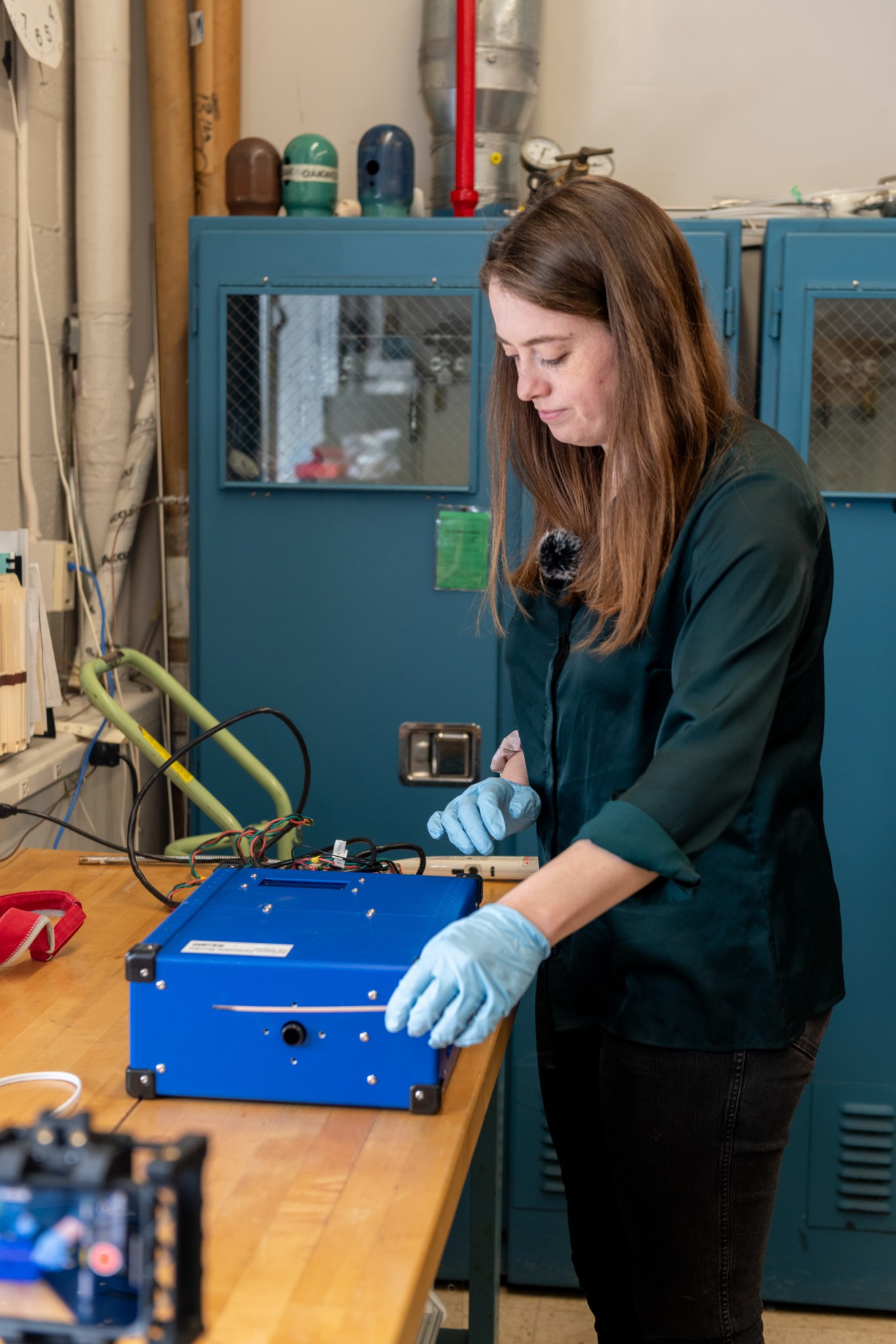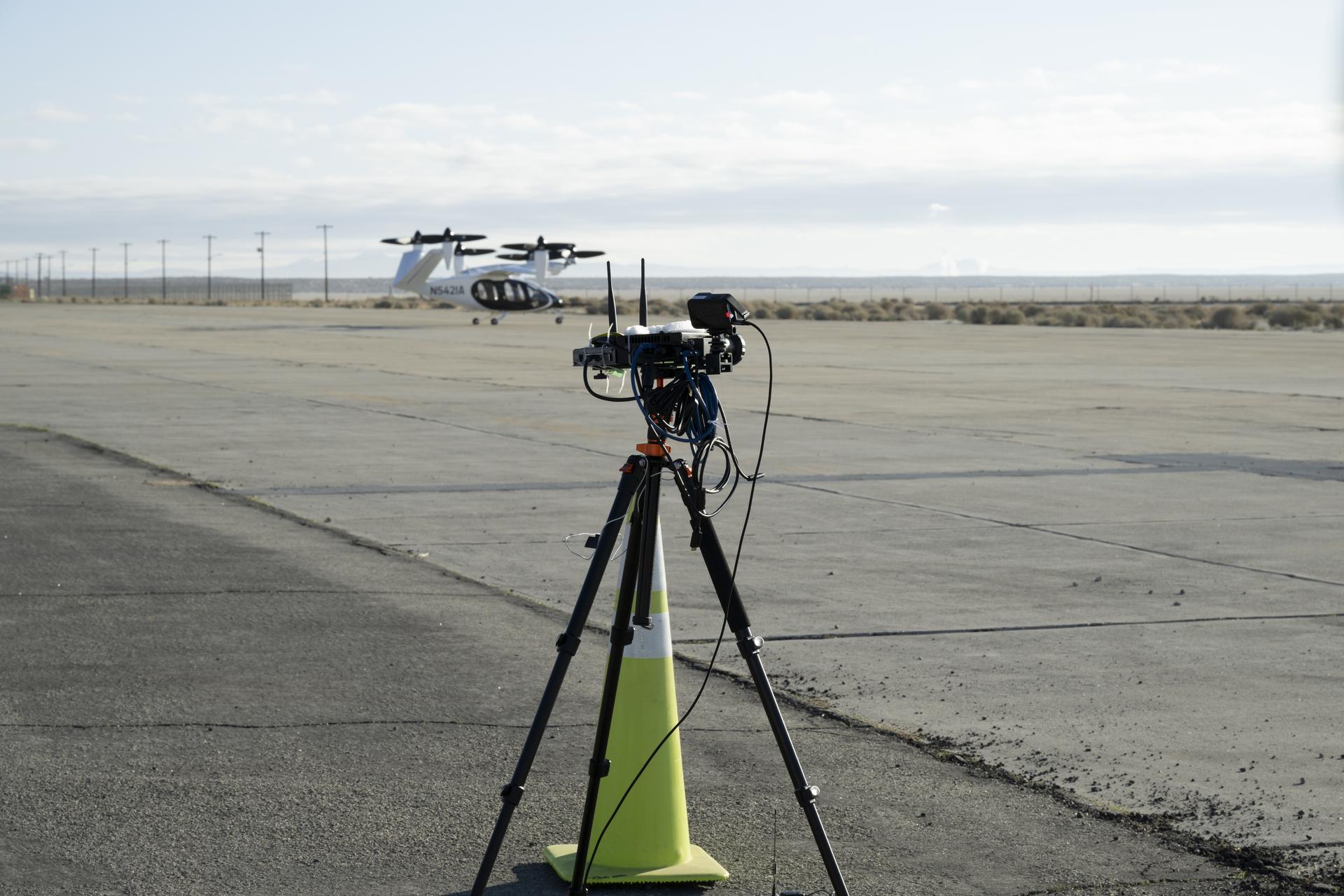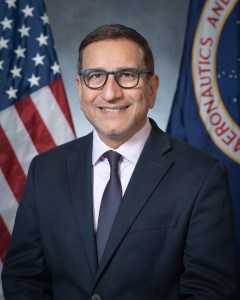NASA Glenn to Test Air Quality Monitors Aboard Space Station
- NASA Glenn Research Center is sending three air quality monitors to the International Space Station to test them for potential future use on the Moon.
- The monitors will be launched on April 21 aboard the 32nd SpaceX commercial resupply services mission and will test onboard air quality for seven months in microgravity.
- The research team will analyze the monitors based on weight, functionality, and ability to accurately measure small concentrations of particles in the air, with the goal of providing a dust monitor for future exploration systems.
- Results from the investigation will help NASA evaluate which monitors could accompany astronauts to the Moon and eventually Mars, and may also have Earth-based applications such as investigating smoke plumes from wildfires and indoor pollution.
- The study aims to improve air quality monitoring on the Moon and Mars, with the ultimate goal of predicting how humans can safely explore these destinations and applying what is learned from lunar exploration to future Mars missions.
As NASA prepares to return to the Moon, studying astronaut health and safety is a top priority. Scientists monitor and analyze every part of the International Space Station crew’s daily life—down to the air they breathe. These studies are helping NASA prepare for long-term human exploration of the Moon and, eventually, Mars.
As part of this effort, NASA’s Glenn Research Center in Cleveland is sending three air quality monitors to the space station to test them for potential future use on the Moon. The monitors are slated to launch on Monday, April 21, aboard the 32nd SpaceX commercial resupply services mission for NASA.
Like our homes here on Earth, the space station gets dusty from skin flakes, clothing fibers, and personal care products like deodorant. Because the station operates in microgravity, particles do not have an opportunity to settle and instead remain floating in the air. Filters aboard the orbiting laboratory collect these particles to ensure the air remains safe and breathable.
Astronauts will face another air quality risk when they work and live on the Moon—lunar dust.
“From Apollo, we know lunar dust can cause irritation when breathed into the lungs,” said Claire Fortenberry, principal investigator, Exploration Aerosol Monitors project, NASA Glenn. “Earth has weather to naturally smooth dust particles down, but there is no atmosphere on the Moon, so lunar dust particles are sharper and craggier than Earth dust. Lunar dust could potentially impact crew health and damage hardware.”
Future space stations and lunar habitats will need monitors capable of measuring lunar dust to ensure air filtration systems are functioning properly. Fortenberry and her team selected commercially available monitors for flight and ground demonstration to evaluate their performance in a spacecraft environment, with the goal of providing a dust monitor for future exploration systems.
Glenn is sending three commercial monitors to the space station to test onboard air quality for seven months. All three monitors are small: no bigger than a shoe box. Each one measures a specific property that provides a snapshot of the air quality aboard the station. Researchers will analyze the monitors based on weight, functionality, and ability to accurately measure and identify small concentrations of particles in the air.
The research team will receive data from the space station every two weeks. While those monitors are orbiting Earth, Fortenberry will have three matching monitors at Glenn. Engineers will compare functionality and results from the monitors used in space to those on the ground to verify they are working as expected in microgravity. Additional ground testing will involve dust simulants and smoke.
Air quality monitors like the ones NASA is testing also have Earth-based applications. The monitors are used to investigate smoke plumes from wildfires, haze from urban pollution, indoor pollution from activities like cooking and cleaning, and how virus-containing droplets spread within an enclosed space.
Results from the investigation will help NASA evaluate which monitors could accompany astronauts to the Moon and eventually Mars. NASA will allow the manufacturers to review results and ensure the monitors work as efficiently and effectively as possible. Testing aboard the space station could help companies investigate pollution problems here on Earth and pave the way for future missions to the Red Planet.
“Going to the Moon gives us a chance to monitor for planetary dust and the lunar environment,” Fortenberry said. “We can then apply what we learn from lunar exploration to predict how humans can safely explore Mars.”
NASA commercial resupply missions to the International Space Station deliver scientific investigations in the areas of biology and biotechnology, Earth and space science, physical sciences, and technology development and demonstrations. Cargo resupply from U.S. companies ensures a national capability to deliver scientific research to the space station, significantly increasing NASA’s ability to conduct new investigations aboard humanity’s laboratory in space.
Learn more about NASA and SpaceX’s 32nd commercial resupply mission to the space station:
https://www.nasa.gov/nasas-spacex-crs-32/






